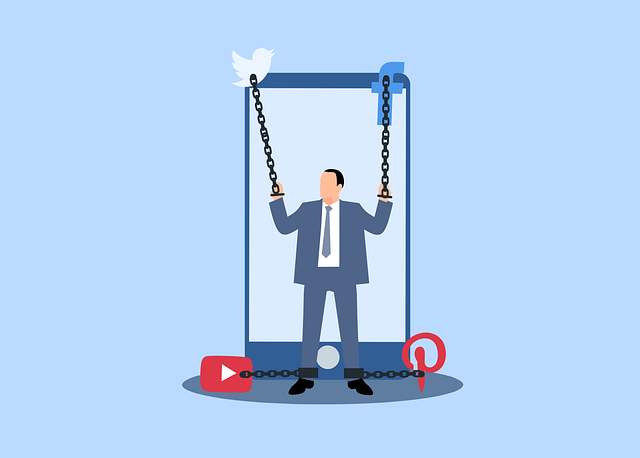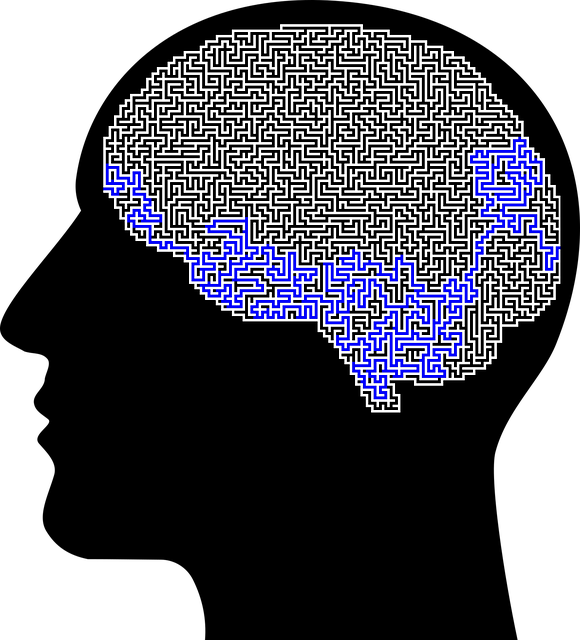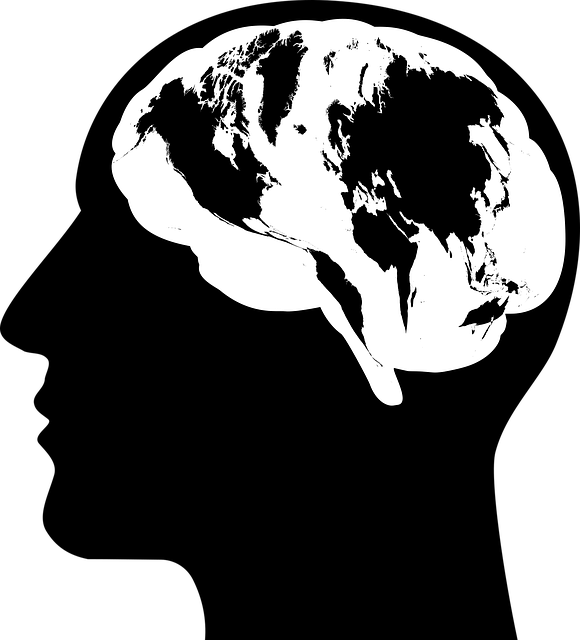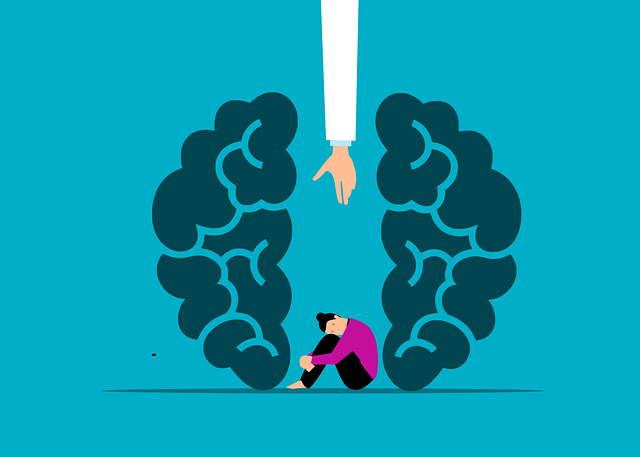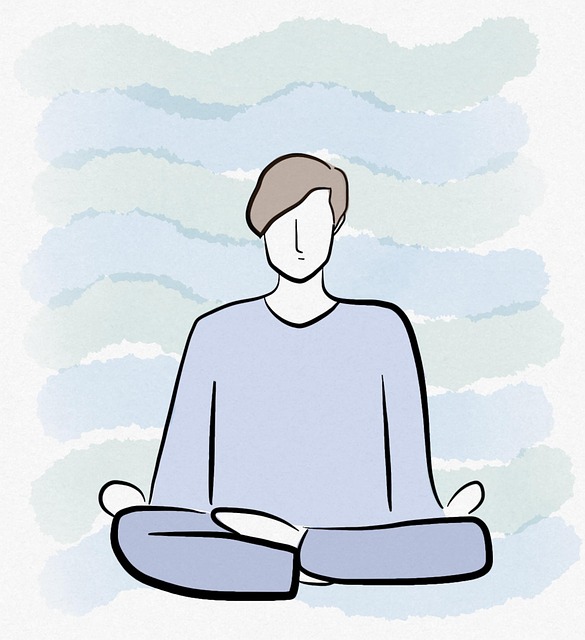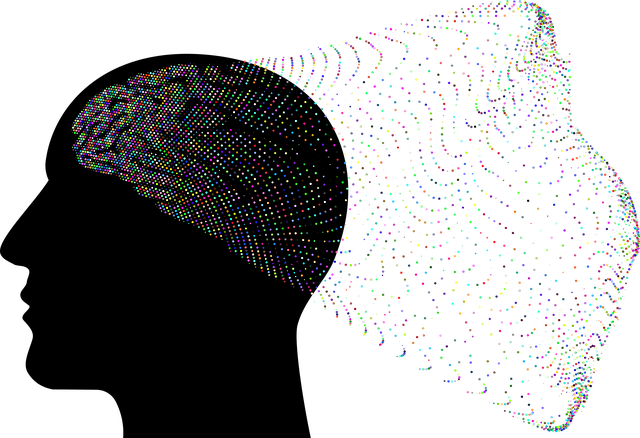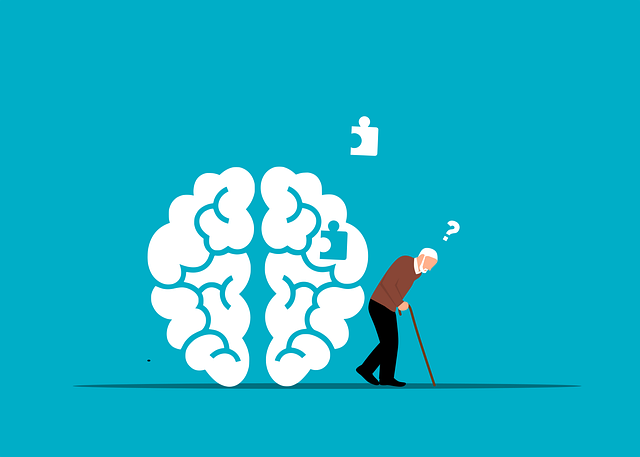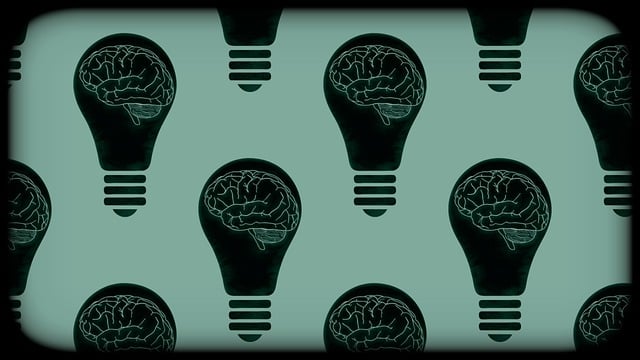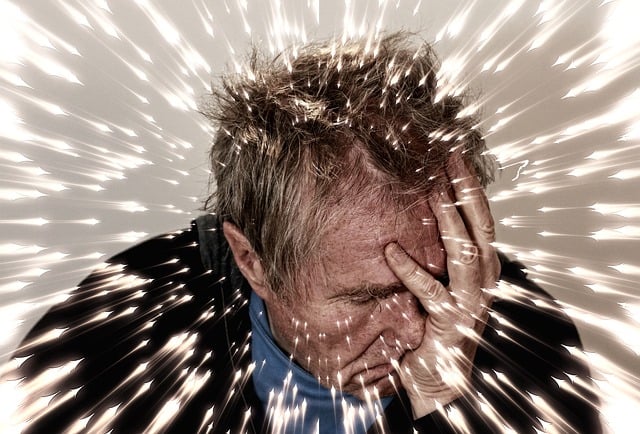Anxiety and chronic pain in the elderly create a challenging cycle where physical decline leads to conditions like arthritis or neuropathy, causing both mobility issues and heightened anxiety levels. This bidirectionality complicates treatment as fear of movement or worry about condition exacerbation can trigger anxiety, while anxiety itself sensitizes individuals to pain. Effective therapy for elders chronic pain involves integrating mental health education tailored to seniors and trauma support services to address underlying fears contributing to the anxiety-pain cycle. Cognitive Behavioral Therapy (CBT) equips seniors with coping mechanisms to manage physical discomfort and associated anxiety, promoting emotional well-being and improving quality of life. Holistic approaches like mindfulness and relaxation techniques, along with healthy lifestyle habits, further enhance mental health management.
Anxiety among the elderly is a prevalent issue often intertwined with chronic pain, making effective management crucial. This comprehensive guide explores strategies to combat anxiety, specifically tailored to the unique challenges faced by older adults. We delve into cognitive-behavioral therapy (CBT), its success in treating both anxiety and chronic pain, and alternative approaches like mindfulness and lifestyle modifications. By understanding these techniques, caregivers can empower the elderly to lead more serene lives.
- Understanding Elderly Anxiety and Its Connection to Chronic Pain
- Cognitive-Behavioral Therapy (CBT): A Powerful Tool for Managing Anxiety
- Alternative Approaches: Mindfulness, Relaxation Techniques, and Lifestyle Changes
Understanding Elderly Anxiety and Its Connection to Chronic Pain

Anxiety among the elderly is a common issue often intertwined with chronic pain, creating a complex challenge for healthcare professionals. As people age, they may experience a decline in physical health, leading to persistent pain conditions such as arthritis or neuropathy. This not only affects their mobility but also contributes to heightened anxiety levels. The connection between chronic pain and anxiety is bidirectional; pain can induce anxiety through fear of movement or worry about exacerbating the condition, while anxiety itself can sensitize individuals to pain, making it more difficult to manage.
Understanding this intricate relationship is vital in designing effective therapy for elders with chronic pain. Mental health education programs tailored for seniors should incorporate strategies for managing both conditions simultaneously. Trauma support services can also play a crucial role in addressing any underlying fears or past traumas that may contribute to the anxiety-pain cycle. By integrating these approaches, healthcare providers can enhance anxiety relief and overall well-being in older adults dealing with chronic pain.
Cognitive-Behavioral Therapy (CBT): A Powerful Tool for Managing Anxiety

Cognitive-Behavioral Therapy (CBT) is a highly effective approach for managing anxiety, especially in older adults experiencing chronic pain. This form of therapy focuses on identifying and changing negative thought patterns and behaviors that contribute to anxious feelings. By challenging distorted beliefs and replacing them with more realistic and positive ones, CBT empowers individuals to cope with their symptoms more effectively.
For elders suffering from chronic pain, CBT offers valuable emotional well-being promotion techniques. It helps them develop coping skills to manage physical discomfort and associated anxiety. Furthermore, CBT can boost confidence by teaching individuals how to face and overcome challenges related to their health, thereby improving their overall quality of life.
Alternative Approaches: Mindfulness, Relaxation Techniques, and Lifestyle Changes

Anxiety can be managed through alternative approaches that offer a holistic view of well-being. Mindfulness practices have gained prominence as an effective therapy for elders suffering from chronic pain, helping them stay present and reduce anxious thoughts. By focusing on the here and now, individuals can learn to acknowledge and accept their feelings without judgment. This, in turn, promotes mental clarity and enhances overall emotional resilience.
Relaxation techniques, such as deep breathing exercises, progressive muscle relaxation, and guided imagery, are also valuable tools for anxiety relief. Incorporating these practices into daily routines can significantly reduce stress levels and improve one’s ability to manage challenging situations. Moreover, lifestyle changes, including regular physical activity, adequate sleep hygiene, and a balanced diet, play a crucial role in mental illness stigma reduction efforts. These simple yet powerful strategies contribute to better risk management planning for mental health professionals by empowering individuals to take control of their mental health and foster positive coping mechanisms.
Anxiety management is a vital aspect of improving quality of life for elderly individuals experiencing chronic pain. By understanding the unique connection between anxiety and chronic pain in older adults, healthcare providers can offer tailored solutions. Cognitive-behavioral therapy (CBT) has proven to be an effective therapy for elders with chronic pain, helping them challenge negative thought patterns and reduce anxiety symptoms. Additionally, alternative approaches such as mindfulness, relaxation techniques, and lifestyle changes provide holistic ways to manage anxiety and enhance overall well-being. Incorporating these strategies can lead to significant improvements in mental health and a better ability to cope with persistent pain.
